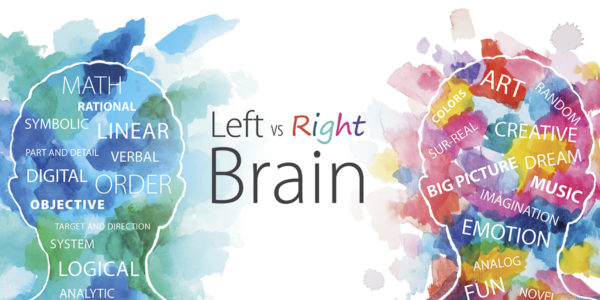With the advent of COVID-19 and need for social distancing, how you work with your team can be a big change for you and your company. Yet for some, it may feel no different from how the organization currently operates. Success is often dictated by how experienced you are in conducting virtual meetings.
As a brand marketing firm, it is vital for our company to be facile in learning the various platforms for virtual communication. Some of our clients prefer GoToMeeting, while others prefer Zoom, Google Hangouts/Meet or Skype. It helps to explore several different meeting platforms before you find what works best for you and those with whom you will be communicating. Here a few key points for going virtual:
1. Testing
Knowing the virtual platforms ahead of time is important. Testing them ahead of time will help you to avoid embarrassing late call-ins, the possibility of everyone not getting the meeting invite or something as simple as not remembering a password or not having known how to download the meeting software before the call. Be sure to test, test, test ahead of time.
2. Emotional Connection
Of course, nothing can actually replace the benefit of an actual meeting with face-to-face interaction. Live meetings are best for developing new relationships, understanding body language and voice cues, and building stronger connections. However, virtual meetings via webinars, video and web conferencing can come close. It is important to introduce yourself and to address those you are communicating with by name. Since you cannot always see others beginning to speak, add longer pauses after your sentences. Distractions such as a ringing phone, barking dog or crying child could put a damper on a productive virtual environment since your meeting mates feel they do not have your full attention. Make sure the room you are in has no distracting noises.
3. Time Efficiency
Virtual meetings can actually prove to be more efficient if your agenda is clear and your team player’s roles are defined. You want to create your agenda and points of discussion prior to your virtual meeting. Doing more work ahead of time keeps the pace flowing, content on track, objectives lucid and other team members’ contributions relevant.
4. Idea Creation
It is much harder to co-create in larger virtual meetings. Instead, it works best to let smaller groups create inputs ahead of time then infuse them into a virtual meeting. Others in the meeting can then contribute to these ideas. In other words, keep brainstorming to smaller groups and let them present their ideas and collect feedback from the greater group. Use these three steps for incorporating feedback; 1) Allow questions for clarification, 2) Ask for comments as to what people saw as most valuable and why, 3) Ask for any recommendations for improvement.
5. Facilitators
We have found it most effective if you have one person selected in the group who acts as the meeting facilitator. This person is usually pleasant, friendly and confident while still keeping everyone abreast of time and the flow of the agenda. This way, one person is less inclined to hijack or derail the purpose or content objective of the meeting. It also helps keep the flow going and can eliminate long periods of polite silence or people talking over one another.
6. Support Check
For many team members, virtual meetings may be a new experience for them. It’s important for a team to remain emotionally connected by asking a simple question: How are you doing today? Remember, for many teams, their co-workers are the people they see most during the week. Allow enough time at the start or end of a meeting for the group to connect through casual conversation, which, in turn, can fill the emotional gap they may be experience from the lack of their usual daily, friendly conversations.
About:
Los Angeles based Sagon-Phior, a full service marketing and branding agency, utilizes emotional branding to build better relationships between a brand and an audience. Emotional branding enables more effective ways to increase brand awareness, loyalty and sales while revealing insights to better understand important, often unseen, patterns of consumer behavior.
Sagon-Phior has successfully applied this unique practice to many national and global brands in the technology, healthcare, banking and lifestyle industries. For more information, go to Sagon-Phior.com









